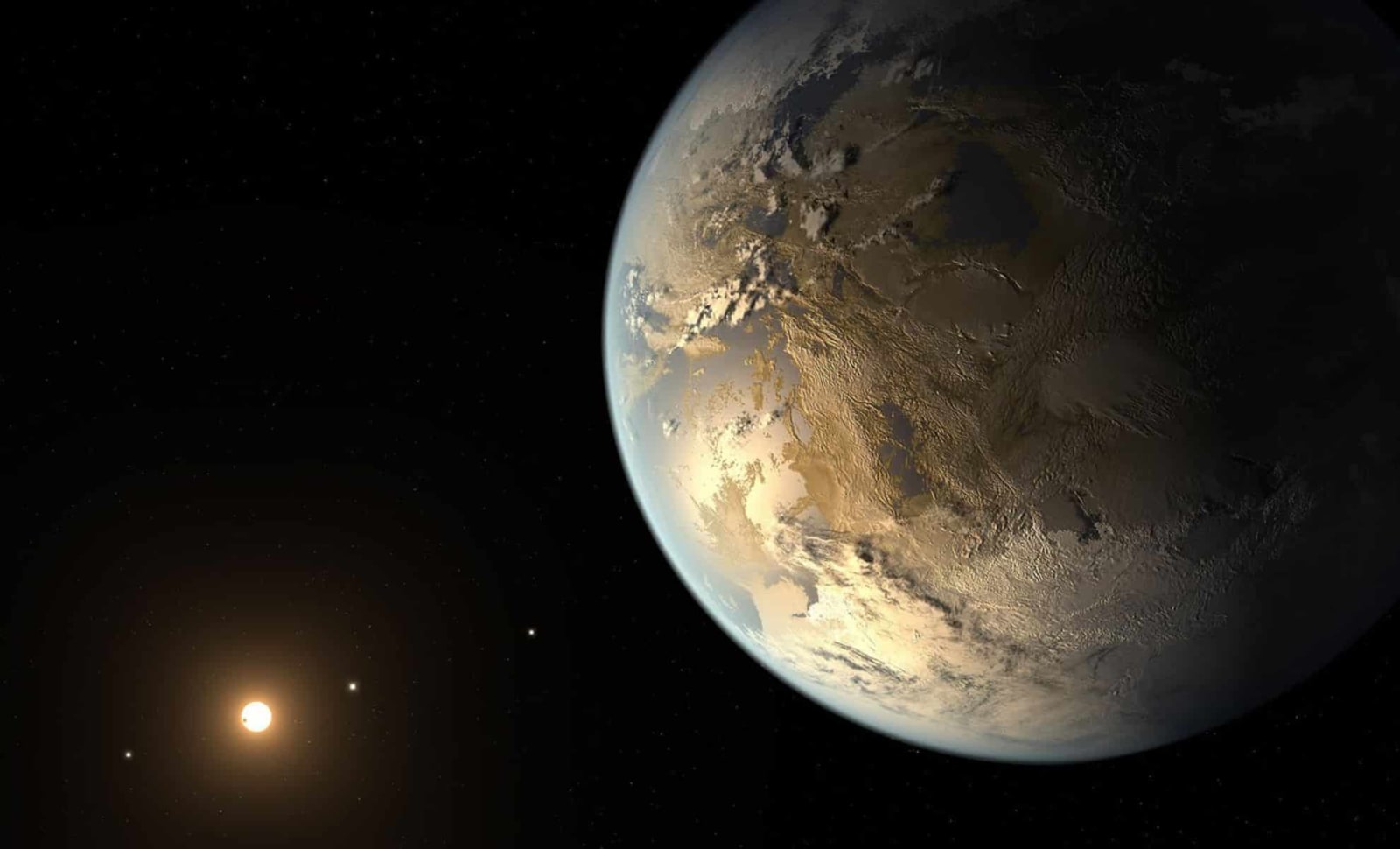
The search for alien life is one of the most captivating scientific quests of our time. With the discovery of thousands of exoplanets, astronomers are now focused on identifying clear biosignatures—chemical indicators in planetary atmospheres that could reveal the presence of life.
A recent study by researchers at the University of California, Riverside (UCR) , suggests that methyl halides could be one such biosignature. These gases, composed of one carbon and three hydrogen atoms bonded to a halogen, are naturally produced by bacteria, algae, fungi, and some plants on Earth, but they are not known to form through abiotic (non-biological) processes.
This makes them a highly promising target in the search for life. However, there’s a significant obstacle: our current telescopes, including the James Webb Space Telescope (JWST), are not yet powerful enough to detect them in Earth-sized exoplanets. Researchers believe, however, that a different class of planets—Hycean worlds—could provide a solution.
What Are Methyl Halides and Why Do They Matter?
In the hunt for alien life , scientists rely on finding molecules that are primarily produced by biological organisms. Traditionally, gases such as oxygen, methane, and water vapor have been considered promising biosignatures, but they are not definitive proof of life since they can also be created through geological and atmospheric processes.
Methyl halides, however, are different. These gases are released into Earth’s atmosphere by biological activity but are not known to be created through purely chemical or geological processes. This makes them particularly valuable as potential biosignatures. If methyl halides were detected in the atmosphere of an exoplanet, it could strongly suggest the presence of life.
“Unlike an Earth-like planet, where atmospheric noise and telescope limitations make it difficult to detect biosignatures, Hycean planets offer a much clearer signal,” explains Eddie Schwieterman , an astrobiologist at UCR.
The study suggests that Hycean planets , which are water-rich worlds orbiting red dwarf stars , may provide the ideal conditions for these gases to accumulate in detectable amounts.
Why Can’t We Detect These Biosignatures Yet?
The James Webb Space Telescope (JWST) has revolutionized exoplanet research by providing detailed observations of atmospheres, but even JWST has limits.
・Size Matters: Earth-sized exoplanets are too small and dim for JWST to observe directly. It can detect atmospheric signatures from larger gas giants, but analyzing smaller rocky planets remains a significant challenge.
・Signal Strength: Even if methyl halides exist in an exoplanet’s atmosphere, the concentration may be too low for JWST to detect using current techniques.
・Interference from Host Stars: Many promising exoplanets orbit red dwarf stars, which produce intense radiation and atmospheric noise that could obscure potential biosignatures.
Because of these challenges, Schwieterman and his colleagues suggest that Hycean planets —which have thick hydrogen atmospheres and orbit dimmer red dwarf stars—could provide a better opportunity for detection.
Hycean Planets: A New Hope for Detecting Alien Life
Hycean planets are a relatively new category of exoplanets that astronomers believe could be more hospitable to microbial life than Earth-like planets. They are:
・Larger than Earth, but not as massive as gas giants
・Covered in global oceans, potentially resembling Earth’s early conditions
・Likely to retain biosignature gases, including methyl halides, in their thick atmospheres
Because Hycean planets have thick atmospheres rich in hydrogen, they can allow methyl halides to accumulate in larger amounts than Earth-like planets, making them easier to detect with JWST and future space telescopes.
If life exists on Hycean worlds, methyl halides could be one of the first biosignatures we detect beyond Earth.
Enjoyed this article? Subscribe to our free newsletter for engaging stories, exclusive content, and the latest news.
For more news like this, visit .